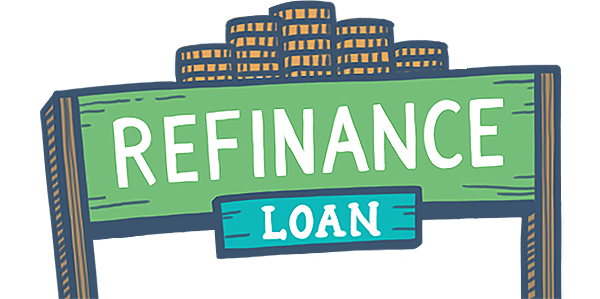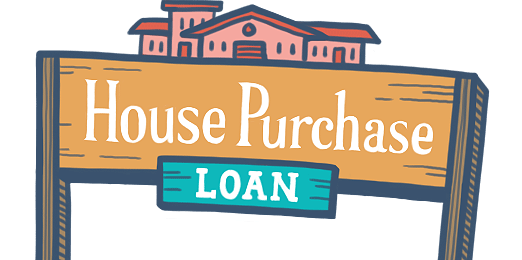What You Need To Know About FHA Loan Limits
December 10, 2024
FHA Loan Limits: An Overview
When you are approved for an FHA-insured loan, the FHA guarantees a portion of the loan to the lender, lowering lender risk.
FHA loan limits establish the maximum loan for a single-family home (including duplexes and other residential property types) in a specific county.
The FHA establishes a minimum and maximum loan limit nationwide, called the "floor" and "ceiling," respectively. The floor represents the lowest amount the FHA will insure, while the ceiling is the highest you can get without applying for a jumbo loan.
Each county has its own loan limit, which must fall within the range defined by the floor and ceiling.
How Loan Limits Are Established
The FHA determines loan limits by analyzing median home prices in each county, utilizing data from the FHFA. This process takes into account various factors, such as:
- Average home values: The median price of homes sold in a given area provides a foundation for assessing affordability.
- Economic conditions: Local economic factors, such as employment rates and income levels, influence the housing market's overall health.
- Housing market trends: Supply and demand dynamics, including inventory levels and buyer competition, play a significant role in setting loan limits.
Special Provisions for High-Cost Areas
In regions with exceptionally high housing costs, the FHA may permit loan limits that exceed the standard ceiling.
Alaska, Hawaii, Guam, and the U.S. Virgin Islands qualify as high-cost areas, and the loan limits are appropriate for the housing market.
Why FHA Loan Limits Matter to You
For several reasons, understanding FHA loan limits is crucial for prospective homebuyers. Knowing the maximum loan amount available in your area allows you to establish a realistic budget and focus your property search effectively.
Comparing FHA loan limits with conventional loan limits and other loan programs enables you to explore the full spectrum of financing solutions and select the most suitable option. FHA loan limits can help you in the initial budgeting stages when planning your down payment.
You can confidently navigate the home-buying process by staying informed about FHA loan limits and utilizing available resources.
Remember, if you apply for an FHA loan and get a case number before the end of 2024, your FHA loan amount will be set for 2024. FHA loans with case numbers on or after 1 January 2025 will qualify for the higher FHA loan amounts set for that year.

FHA Loan Articles
April 16, 2025There are smart uses for cash-out refinancing loan proceeds and uses for that money that may work against the borrower. We examine some of those choices below, starting with using an FHA cash-out refinance for investment purposes. Is this a good idea?
April 15, 2025House hunters sometimes face a curveball when the appraisal for a home they want to buy with an FHA mortgage is lower than the offer. Is this a deal-breaker? Believe it or not, it isn't the end of the road. A low appraisal can sometimes be just a bump in the road. In other cases, you may wish to walk away from the deal. Here's your game plan to navigate this situation...
April 14, 2025 Buying a home with an FHA loan can be an exciting and achievable goal. This quick quiz helps you gauge your understanding of FHA loans and what it takes to make a winning offer on your new dream home. Take a few moments to answer the questions and see how prepared you are to navigate this crucial stage of your home-buying journey.
March 31, 2025Is 2025 the right year for you to consider an FHA streamline refinance? These mortgages are for those who want a lower interest rate, a lower monthly payment, or to move out of an adjustable-rate mortgage and into a fixed-rate loan. We examine some of the critical features of FHA streamline refinances.
March 27, 2025Did you know there are FHA loans that let house hunters buy multi-family properties such as duplexes and triplexes? FHA rules for these transactions is found in HUD 4000.1, including owner-occupancy, require that one unit serve as the borrower’s primary residence. Some house hunters ask why this rule exists. Some believe the rule serves as a lender risk mitigation strategy.







